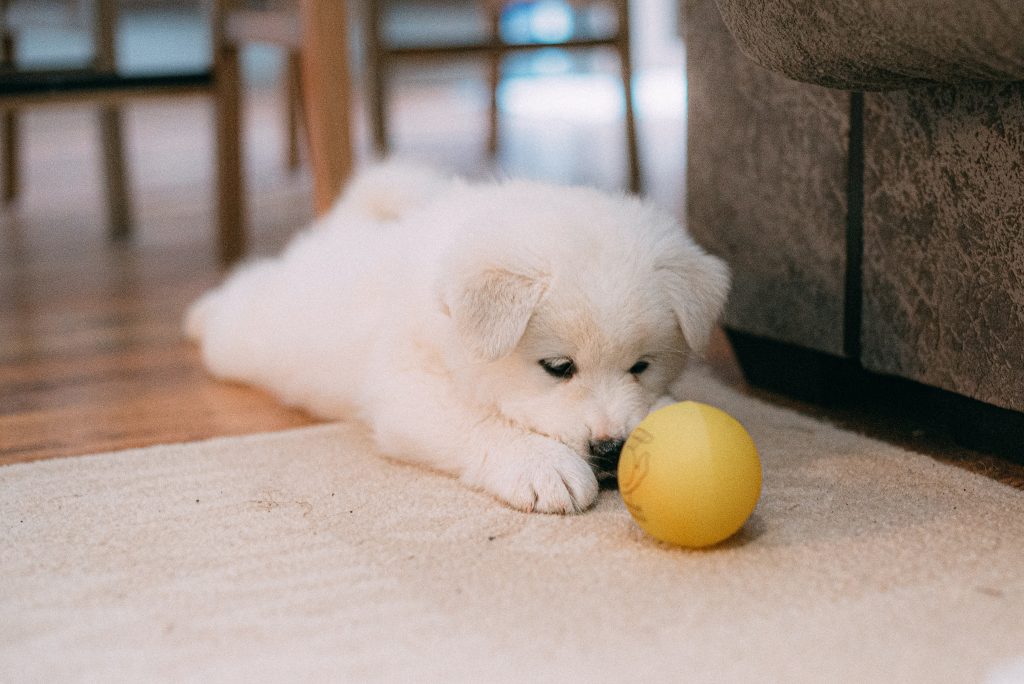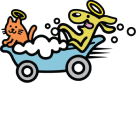Dog-proofing your home is an essential step to ensure the well-being of both your furry friend and your household. From curious puppies to mischievous adults, dogs have a natural inclination to explore and investigate everything within their reach. As they explore their surroundings, they can encounter hazards that may pose a threat to their safety or the integrity of your home.
In this comprehensive guide, we will walk you through the process of dog-proofing your home, helping you identify potential dangers and offering practical solutions to create a harmonious and secure living space for both you and your canine companion.

Steps to Effectively Dog-Proof Your Home
When it comes to dog-proofing your home, a systematic approach is key. By thoroughly assessing each area and implementing appropriate measures, you can create a secure environment that minimizes potential risks and keeps your canine companion safe. Here are some essential tips to effectively dog-proof your home:
- Assess Potential Hazards: Take a walk through your home with a fresh perspective, keeping an eye out for potential hazards. Look for loose cords, toxic plants, cleaning supplies, small objects, and any items within your dog’s reach that could be harmful if ingested or cause injury.
- Store Hazardous Items Securely: Keep all toxic substances, including cleaning supplies, medications, and chemicals, out of your dog’s reach. Store them in locked cabinets or high shelves. Use childproof latches if necessary. Similarly, keep small objects, such as buttons, batteries, or coins, off the floor to prevent choking hazards.
- Protect Electrical Cords: Dogs may be tempted to chew on electrical cords, which can lead to serious injuries or electrocution. Secure cords along walls or use cord protectors to prevent access. Alternatively, consider using cord concealers or encasing cords in PVC pipes.
- Secure Trash Bins: Dogs are notorious scavengers, and a trash bin full of tempting odors can be an irresistible temptation. Invest in sturdy, lidded trash cans or place them in cabinets with childproof locks to prevent your dog from getting into potentially harmful or messy substances.
- Set Boundaries with Gates: Establishing boundaries in your home is important, especially in areas where you want to restrict your dog’s access. Install baby gates or pet gates to block off rooms or areas that are off-limits, such as staircases or rooms containing fragile items.
- Protect Furniture and Belongings: Dogs love to explore with their mouths, and your furniture may become their target. Use pet-friendly deterrent sprays or invest in furniture covers to protect your upholstery. Provide your dog with appropriate chew toys and redirect their attention whenever they attempt to chew on household items.
- Secure Windows and Doors: Make sure all windows and doors are securely closed and inaccessible to your dog. Consider installing screens or window guards to prevent accidents or escape attempts. Check for any gaps or loose frames that could be a potential escape route.
- Create a Safe Outdoor Space: If you have an outdoor area where your dog spends time, ensure that it is properly enclosed with a sturdy fence. Regularly inspect the fence for any holes or gaps that could enable your dog to escape. Remove any toxic plants, chemicals, or potential hazards from the yard.
- Provide Supervision and Enrichment: While dog-proofing your home is crucial, it’s equally important to supervise your dog and provide them with mental and physical stimulation. Regular exercise, interactive toys, and engaging activities will keep them entertained, reducing the likelihood of destructive behavior.
Potential Hazards and Risks to Your Dog
When dog-proofing your home, it’s essential to be aware of potential hazards that can pose risks to your canine companion. Here are some common areas to pay attention to:
- Kitchen and Pantry:
- Toxic foods: Certain human foods like chocolate, onions, grapes, raisins, caffeine, alcohol, and xylitol (a sugar substitute) can be toxic to dogs. Keep them securely stored and out of reach.
- Trash bins: Dispose of food waste properly and use lidded trash cans to prevent your dog from rummaging through potentially harmful substances.
- Hot surfaces and appliances: Keep your dog away from hot stove tops, ovens, and appliances like toasters or coffee makers to prevent burns or accidents.
- Bathroom:
- Medications and toiletries: Store all medications, prescription drugs, vitamins, and personal care products in cabinets or drawers that are inaccessible to your dog.
- Cleaning products: Keep bathroom cleaners, disinfectants, and other chemicals in secure cabinets, as they can be toxic if ingested.
- Living Room and Common Areas:
- Houseplants: Some common indoor plants like lilies, philodendrons, and pothos can be toxic to dogs if ingested. Research the toxicity of plants in your home and either place them out of reach or opt for pet-friendly alternatives.
- Cords and cables: Secure electrical cords and cables to prevent your dog from chewing on them, which can lead to injuries or electrical shock.
- Fragile items: Place delicate or breakable items out of your dog’s reach to prevent accidental damage or injury.
- Bedroom:
- Medications: Keep all medications, including over-the-counter drugs, safely stored in closed containers or cabinets.
- Jewelry and small objects: Store small items like jewelry, hairpins, and buttons in closed containers to prevent your dog from swallowing them.
- Garage and Storage Areas:
- Chemicals and automotive products: Keep all chemicals, such as antifreeze, motor oil, pesticides, and fertilizers, securely stored in locked cabinets or high shelves.
- Tools and sharp objects: Store tools and sharp objects safely to prevent injuries. Ensure that your dog cannot access hazardous materials or objects.
- Outdoor Areas:
- Toxic plants: Remove or fence off any plants in your yard that are toxic to dogs, such as azaleas, daffodils, and sago palms.
- Pesticides and fertilizers: Store gardening chemicals securely, away from your dog’s reach.
- Pools and bodies of water: If you have a swimming pool or open bodies of water nearby, ensure they are securely fenced off to prevent accidental drowning.
By being aware of these potential hazards and taking appropriate measures to eliminate or mitigate them, you can significantly reduce the risk of accidents or harm to your beloved dog. Remember to regularly assess your home for new hazards that may arise and adjust your dog-proofing strategies accordingly.

In conclusion, dog-proofing your home is a crucial step in providing a safe and secure environment for your canine companion. By taking proactive measures to identify and mitigate potential hazards, you can prevent accidents, injuries, and even life-threatening situations.
Check out our other blog posts on our website here.



